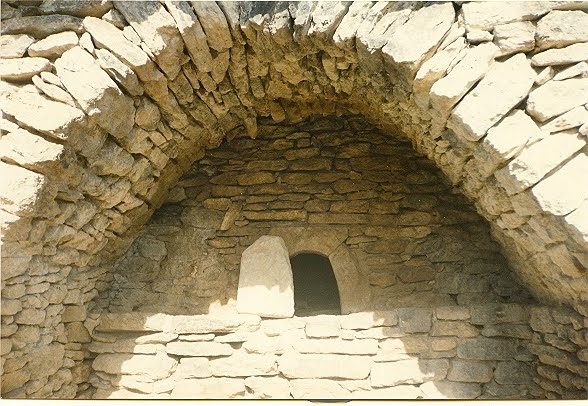
If I ask you: “What are the things that inspire you?” I will certainly get different answers. Did you notice that “things” that inspire us are actually not things? Family, friendship, sustainability, leadership are not material things. As for myself, art and cooking are some of these “things”. I love to look at art almost as much as I like to make it myself. I have the same passion for food: I appreciate good food, I like to cook, and sometimes I draw or take pictures of what I cook or eat. You may think: yes, we know: food is art, but it requires a whole bunch of ingredients, lots of time and an advanced skill set to practice it, which is a challenge in our everyday busy life. Let’s see if a well-known maxim “Food is art” necessarily means complexity of resources.
Different colors and nuances are needed to represent the multicolour world around us. How many colors would we need to draw an apple, which is a rich blend of shades and nuances, starting from pale yellow and golden orange to ruby and carmine? According to Encyclopaedia Britannica: there are as many colors as we have words to name them. The World Color Survey brought up a collection of color names consisting of 320 different colors, which are organized into 8 rows of 40 colors per row. However, if we had a chance to observe an artist’s work, on the artist’s palette we would see only few colors, maybe six, five, or maybe just three.
In 1666 Sir Isaac Newton was the first to introduce us to the color wheel based on red, yellow, and blue. Ever since that time, many scientists and artists have come up with their own variation of this concept. Why? The magic is that the one and same color can appear totally different depending on the other colors it is mixed with and the colors that surround it.
First, in the color wheel we have the primary colors: red, yellow, and blue – cyan, magenta, and yellow. They cannot be obtained by mixing with other colors. All other colors are derived from these three. In the second place there are secondary colors: green, orange, and purple. Colors, like red-orange, red-violet, yellow-green, etc. are mixed from the primary and secondary colors. One color is set as the dominant, the other add richness.
Now, let’s look at the food: just like painting, it is a colourful and delicious source of inspiration in every culture, and some of the culinary traditions exist for thousand of years. Cooking, just like art, is an expression of the land where you live, and of the culture of that place. As we mix colors, we mix ingredients, and different proportions give different results. “Good painting is like good cooking: it can be tasted, but not explained,” – said an artist. He was probably also a cook. Actually, lots of great artists were also food lovers and fine gourmet cooks.
To make our food savoury, we need the mixture of ingredients. But if cooking can be compared to painting, to produce a tasty result do we need long lists of ingredients, or maybe just five, maybe four, or even three? Does it really mean that to be tasty it necessarily requires a broad palette – array of ingredients? Or is it first and foremost to appreciate fresh food and simple cooking?
Simple cooking from local ingredients might seem quite boring. What would we have on our plates other than carrots and potatoes? Not too inspirational. It is like to say to an artist not to use certain colors. But what if we just try to apply to cooking this artistic approach – mix primary, basic “colors” - products, set one as dominant and the other to add richness - we might get incredible results, just by removing extraneous ingredients. This is actually a remarkably liberating way to restore our body’s nutritional equilibrium and to maintain our weight, which is a popular idea in our society. We are bombarded with complex and often conflicting dietary information that requires elaborated skills to make sense of it. And yet 68 percent of North-American adults and almost 32 percent of school-aged children and adolescents are still overweight or obese.
US food writer and journalist Michael Pollan in his book “Food Manifesto” said: “Eat food, not much, mostly plants’. To which I add – again, it is from Michael Pollan: “I’d suggest that you eat meals, not snacks, eat wild food whenever possible, and avoid any product whose ingredients are unfamiliar or unpronounceable, or more than five in number.”


